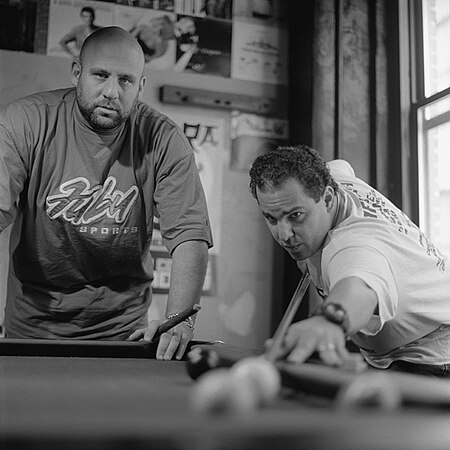D&D Studios

D&D Studios was a recording studio located in New York City on the west side of 37th street. Artists that recorded there include Jay-Z, Foxy Brown, The Notorious B.I.G., Fat Joe, Nas, Gang Starr, Jeru the Damaja, Afu-Ra, KRS-One, Frankie Cutlass,Violadores del Verso, Big L and Black Moon, among others. Founded by Douglas Grama and David Lotwin, D&D Records, which originated at the studios during the 1990s, released albums by Afu-Ra and The D&D All Stars. Other acts on the label included QNC and Mama Mystique. The recording studio managers were Barry Grama, David "Carpi" Carpenter and Paul Twumasi. Singer/songwriter Grayson Hugh recorded much of his 1988 RCA album "Blind To Reason" there, as well as the song "How Bout Us", with singer Betty Wright, for the film True Love (1989 film). In 2003, one of the most famous D&D studios producers, Gang Starr's DJ Premier, bought D&D from its owners and renamed it HeadQCourterz in honor to his friend Kenneth "HeadQCourterz" Walker who died in 2002. DJ Premier used to host a satellite radio show every Friday night on Sirius/XM radio where he would play his hip hop music. The studio closed on December 31, 2014. DITC Ent. label member G. Fisher recorded his debut single "Fish Over Premier" and EP God MC here as the last project to be recorded in D&D.
Excerpt from the Wikipedia article D&D Studios (License: CC BY-SA 3.0, Authors, Images).D&D Studios
West 37th Street, New York Manhattan
Geographical coordinates (GPS) Address Nearby Places Show on map
Geographical coordinates (GPS)
| Latitude | Longitude |
|---|---|
| N 40.754397 ° | E -73.993341 ° |
Address
West 37th Street 320
10018 New York, Manhattan
New York, United States
Open on Google Maps






